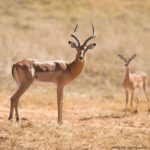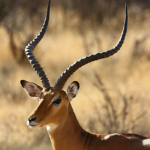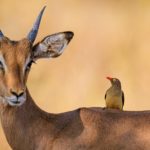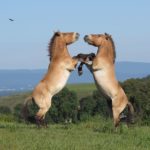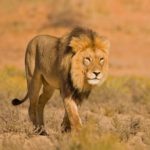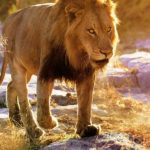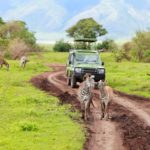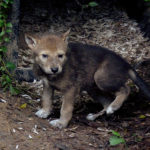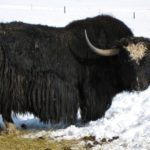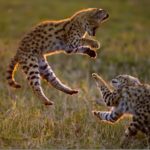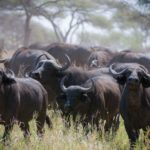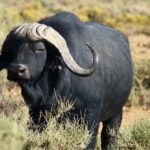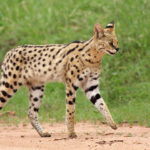Antelopes
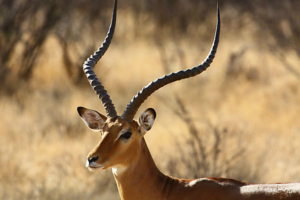 Antelopes are a very diverse group. In it there are species of the size of a hare, for example, wild-dick, but there are also such that the height of a bull is canna. And they live in different climatic conditions. If some are able to survive in the arid desert, others live in the steppes, in shrubbery, in savannas or forests.
Antelopes are a very diverse group. In it there are species of the size of a hare, for example, wild-dick, but there are also such that the height of a bull is canna. And they live in different climatic conditions. If some are able to survive in the arid desert, others live in the steppes, in shrubbery, in savannas or forests.
Antelopes have many similarities to bulls. They have similar hoofs. Animals with such hoofs are called artiodactyls. In addition, all antelopes refer to ruminants. They eat plants, swallow them, and then chew them again during rest. Thus, the feed is used much more fully than if they were simply ingested and immediately digested.
An important sign of all antelopes is their horns. And it also shows that antelopes are relatives of bulls. The horn is a bone rod developing on the outgrowths of the frontal bones. This rod is dressed in a horny holster that grows with the stem throughout life. Horns are not dumped every year, like deer and roe deer.
Horns of antelope are very different. Some have only small points, but the Oryx antelopes are long and straight, like a sword. And at kudu they are twisted by a spiral. The horns of the canna face each other. The impala has beautiful lily-shaped horns. They are used mainly for fights with rivals.
Many zoologists do not consider antelope as a single family. Considering that the antelope are representatives of the polororogia, the learned men refer them to different families:
Wildebeest live only in Africa. If there is enough food and water, then the animals stay for a long time in one place. With droughts and associated hunger and thirst, wildebeest are gathered into large herds and sent off. In one steppe of the Serengeti in East Africa, 400,000 wildebeat migrate. A whole year they go for the rain, because where it passes, growing low grass – the main food antelope. Then you can get a posterity – after the mother’s milk the baby will find food in the steppe.

